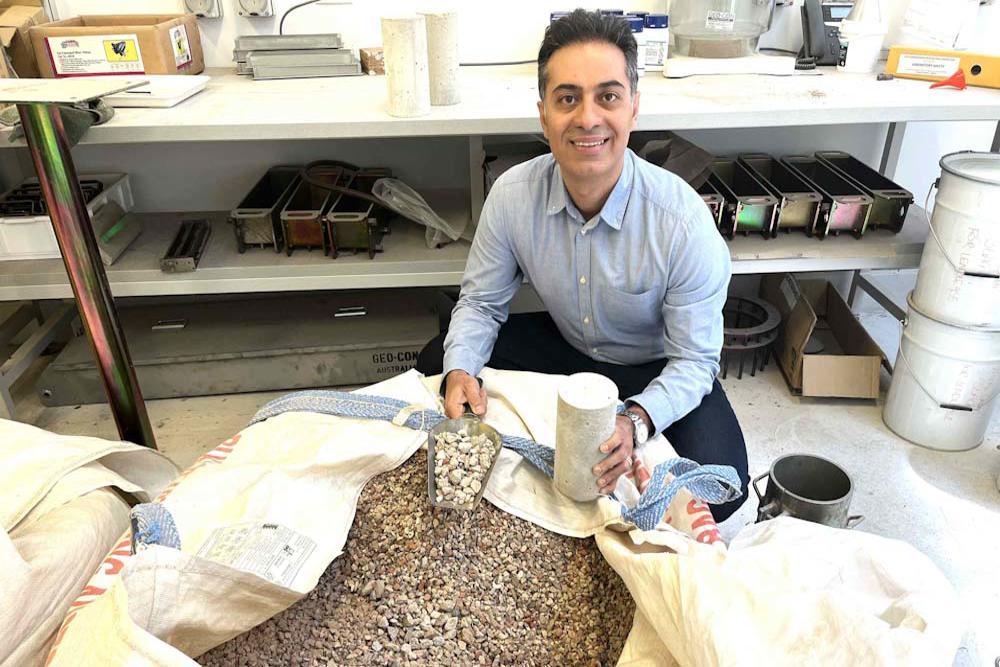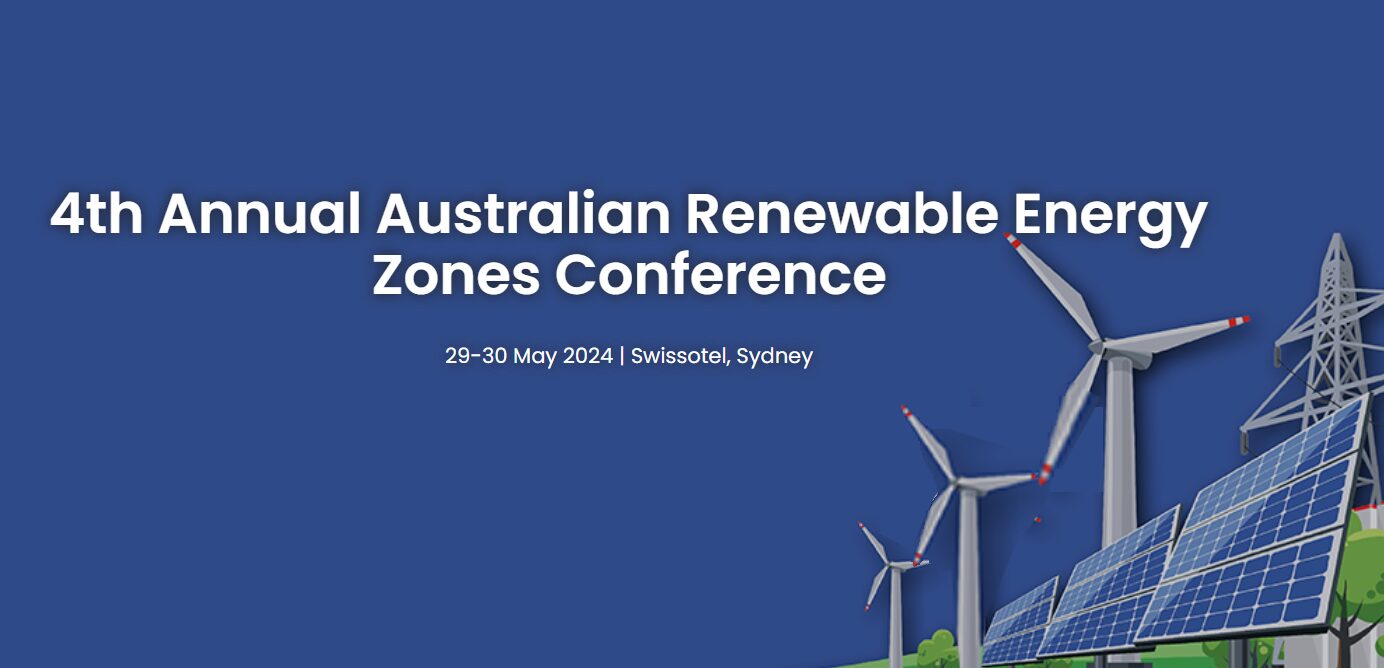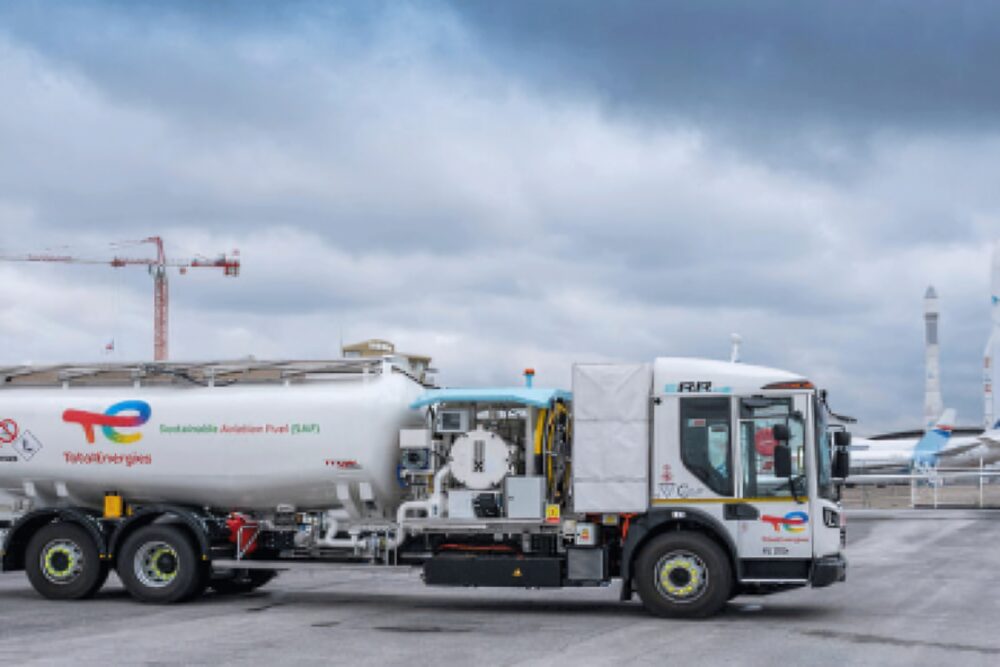
Experts from Flinders University and The University of Melbourne are now researching a more sustainable method to the management of old concrete resulting from the demolition of aging buildings and other infrastructure.
While concrete remnants are often taken to landfill or pounded into rubble for roads, experts from both universities have discovered that hardened broken concrete can be upcycled when combined with graphene to produce a strong, durable and workable concrete.
New graphene deposits are being discovered and mined every day, which has helped to lower the price of the material as the cost of cement and aggregates continues to rise.
The researchers involved have tested results using a weak graphene solution on recycled aggregates to produce concrete potentially superior to untreated recycled aggregates in cement-based mixtures.
Methods for recycling cement is currently urgently required for waste management, as global demolition and construction waste products are expected to rise to approximately 2.6 billion tonnes by 2030.
The production of concrete — as well as its extraction methods — are also currently adding to climate change.
Flinders University Civil and Structural Engineering Senior Lecturer Aliakbar Gholampour said: “This new form of treated recycled concrete aggregates may be more expensive to make right now, but when considering circularity and the life cycle of the materials, the costs are coming down rapidly.”
Gholampour believes that the new method’s success could also help to meet increasing demand for building materials around the world.
University of Melbourne Senior Research Fellow and Centre of Recovered Resources (CoRR) Research Deputy Director Dr Massoud Sofi and Gholampour have filed a patent for the approach.












